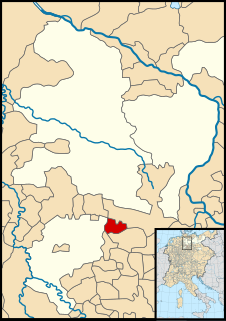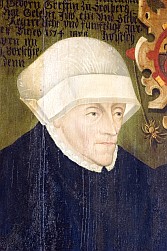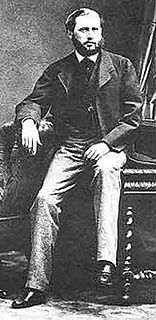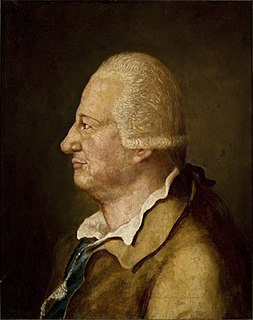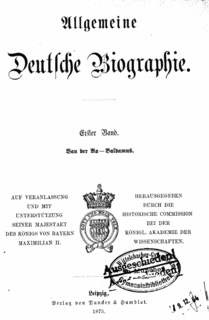| Louise of Stolberg-Wernigerode | |
|---|---|
| Born | 24 November 1771 Wernigerode Castle |
| Died | 8 June 1856 (aged 84) Groß Krauschen |
| Noble family | House of Stolberg |
| Spouse(s) | Moritz Haubold von Schönberg |
| Father | Christian Frederick of Stolberg-Wernigerode |
| Mother | Auguste Eleonore of Stolberg-Stolberg |
Countess Louise of Stolberg-Wernigerode (24 November 1771 at Wernigerode Castle – 8 June 1856 in Groß Krauschen) was abbess of Drübeck Abbey.

Wernigerode Castle is a schloss located in the Harz mountains above the town of Wernigerode in Saxony-Anhalt, Germany. The present-day building, finished in the late 19th century, is similar in style to Schloss Neuschwanstein, though its foundations are much older. It is open to the public and one of the most frequently visited in Saxony-Anhalt.
Gmina Bolesławiec is a rural gmina in Bolesławiec County, Lower Silesian Voivodeship, in south-western Poland. Its seat is the town of Bolesławiec, although the town is not part of the territory of the gmina.

In Christianity, an abbess is the female superior of a community of nuns, which is often an abbey.
Louise was a member of the House of Stolberg, from the Harz area. She was the second eldest daughter of Count Christian Frederick of Stolberg-Wernigerode and his wife Auguste Eleonore of Stolberg-Stolberg. She was an older sister of Henry of Stolberg-Wernigerode.
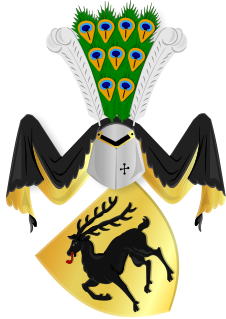
The princes and counts of Stolberg are members of a large German family of the former Holy Roman Empire's higher aristocracy. They played a significant role in feudal Germany's history and, as a mediatized dynasty, enjoyed princely privileges until the collapse of the German Empire in 1918. The house has numerous branches.

The Harz is a Mittelgebirge that has the highest elevations in Northern Germany and its rugged terrain extends across parts of Lower Saxony, Saxony-Anhalt, and Thuringia. The name Harz derives from the Middle High German word Hardt or Hart, Latinized as Hercynia. The Brocken is the highest summit in the Harz with an elevation of 1,141.1 metres (3,744 ft) above sea level. The Wurmberg is the highest peak located entirely within the state of Lower Saxony.
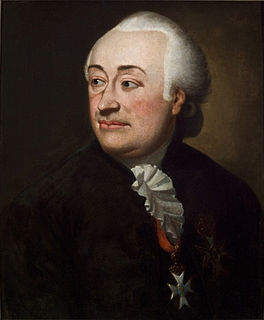
Count Christian Frederick of Stolberg-Wernigerode was the only son of Count Henry Ernest of Stolberg-Wernigerode, whom he succeeded as ruler of the County of Wernigerode in 1778.
From 1797 to 1800, she was abbess of Drübeck Abbey. On 21 December 1807, she left the abbey to marry Moritz Haubold von Schönberg. She moved to his estate in Groß Krauschen, which is now in Poland and called Gmina Bolesławiec. She died there in 1856.

Drübeck Abbey is a former Benedictine monastery for nuns in Drübeck on the northern edge of the Harz in the German state of Saxony-Anhalt. Today it is a conference venue for the Evangelical Church of the Church Province of Saxony with an educational-theological institute and pastoral centre.

